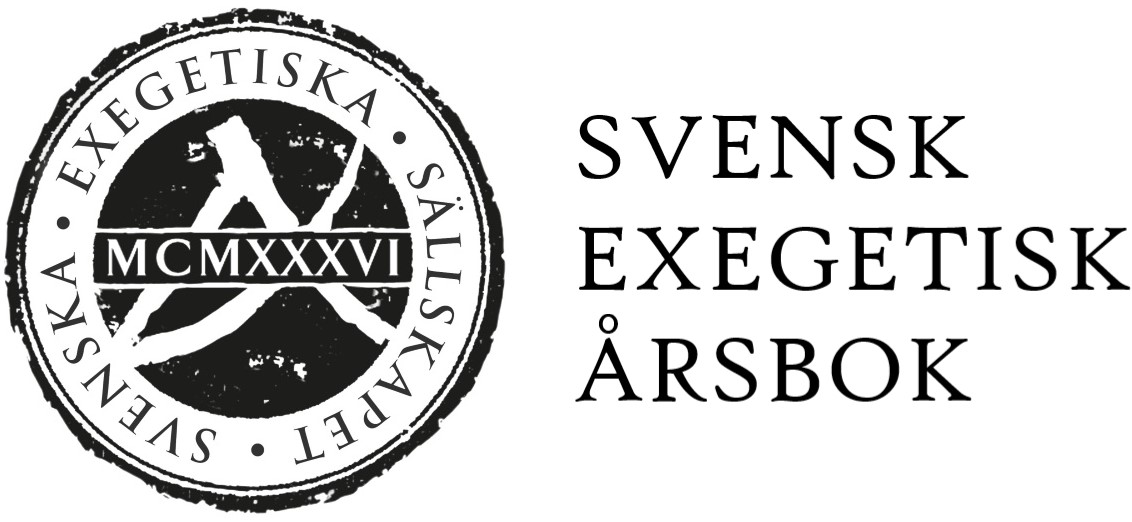Könsinkluderande språk i nästa svenska bibelöversättning
DOI:
https://doi.org/10.58546/se.v81i1.15385Abstract
Gender-inclusive language has been consciously applied in almost all significant English Bible translations over the last thirty years. It has only recently been introduced into Swedish Bible translation practices, however, with the test trans- lation of Luke 9:51–19:28 and Galatians issued by the Swedish Bible Society. This fact signals that the next Swedish Bible translation will implement gender- inclusive language.
In this article I have discerned and described three different types of gender- inclusive language that can be implemented cumulatively. The first, gender- accurate language, is found in most recent English Bible translations and involves the use of gender-inclusive language in cases where the meaning of the original text clearly refers to both men and women. Nine different strategies can be im- plemented to create gender-accurate translations of generic “he,” instances in which the original text employs gender-specific language to refer to both men and women.
The second type, gender-muted language, which is found in NRSV and CEV, implements gender-inclusive language in all passages except those that exclusive- ly refer to men. The dominance of masculine language is further weakened through minor strategies, such as reducing the number of personal pronouns that refer to God.
The third type, radically inclusive language, is found in those translations (such as ILL, NTPI and IB) that seek to resist sexist language and be inclusive to all present readers even if that involves a departure from the meaning of the orig- inal text. The strategies employed to achieve this include abolishing all masculine personal pronouns that refer to God and reducing the number of those that refer to Jesus or men, implementing gender-neutral language for some unnamed lesser characters, and avoiding discriminating stereotypes.
Finally, I have given examples of how each type of gender-inclusive language can be implemented in Swedish translations of a number of New Testament pas- sages. Although I do not argue in favor of a specific type (or, indeed, any of them), I hope that this descriptive model and the practical examples of transla- tions will provide a solid foundation for deliberation about whether, in what man- ner, and to what extent gender-inclusive language should be implemented in the next Swedish Bible translation.
Downloads
Published
How to Cite
Issue
Section
License
Copyright (c) 2016 Dan Nässelqvist

This work is licensed under a Creative Commons Attribution-NonCommercial-NoDerivatives 4.0 International License.






